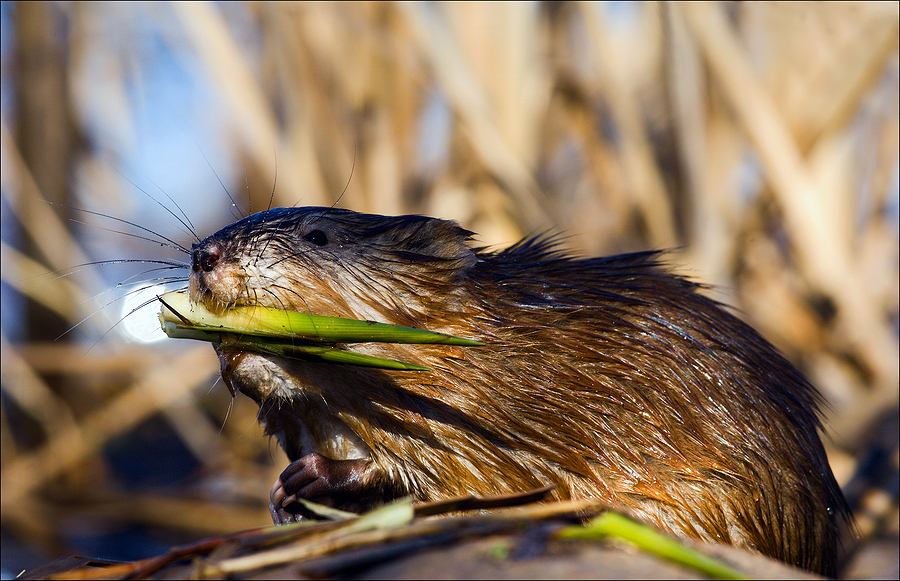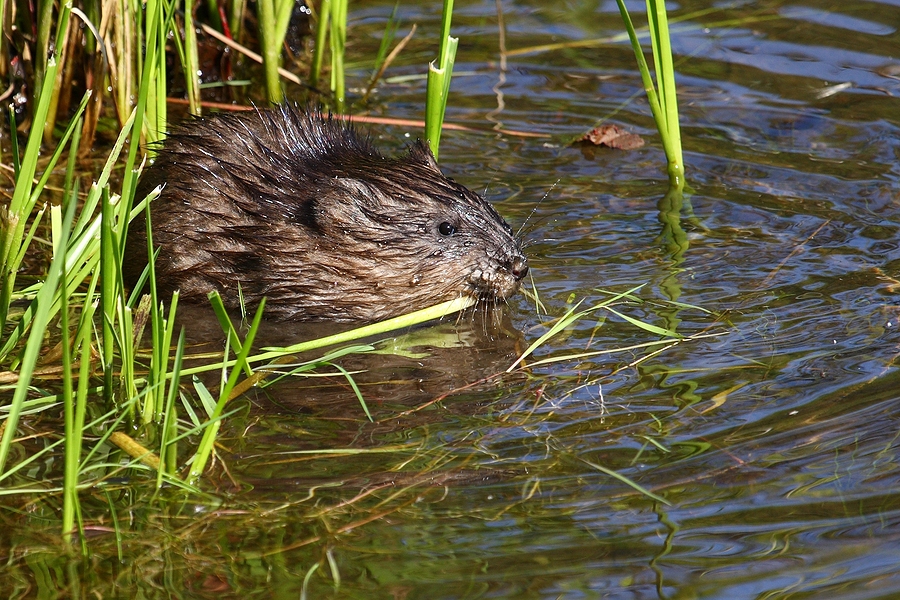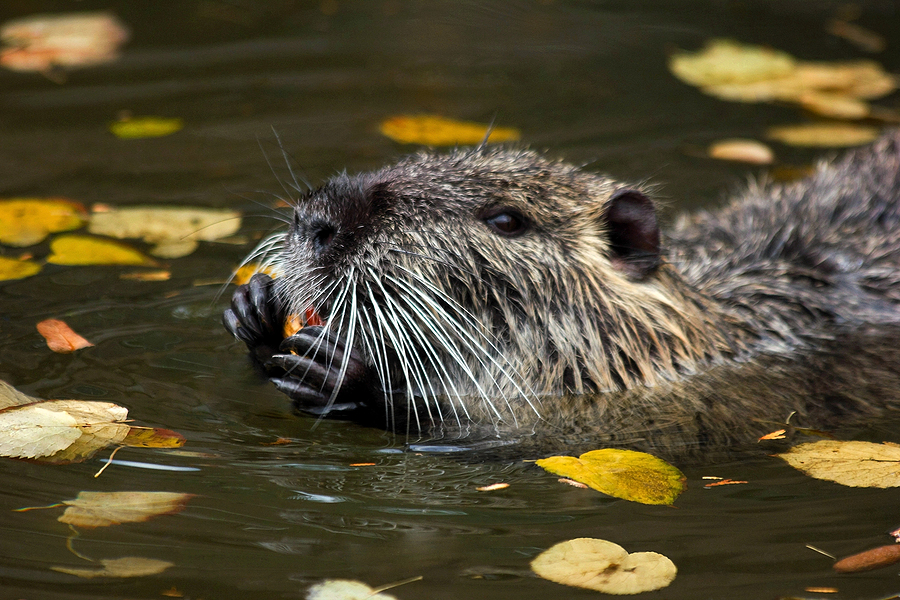If your property has become a habitat for muskrats, it’s essential to understand their behavior, diet, and control techniques. These semi-aquatic rodents are known to burrow in marshlands and ponds, often causing significant damage to your property. They feed mostly on aquatic vegetation, fruits, and occasionally small aquatic creatures.
Controlling the muskrat population on your property involves several strategies from using muskrat repellents to setting up muskrat traps. However, it’s important to remember that these traps should only be handled by trained wildlife control operators to ensure safety and effectiveness. Stay tuned as we delve deeper into each of these aspects.

Understanding Muskrat Habitat and Diet
Muskrats are found in wetlands, rivers, lakes, and streams. They are excellent swimmers and can hold their breath for up to 20 minutes underwater. These abilities make them well-adapted to their semi-aquatic lifestyle. They build lodges from vegetation near the water’s edge or dig burrows in the banks for shelter. Muskrats are most active at night and can be identified by their distinctive tracks, typically leading to the water’s edge.
As mentioned earlier, muskrats primarily feed on aquatic vegetation such as cattails, sedges, and water lilies. They also consume fruits like apples, berries, and grains if available. While they may occasionally eat small fish, insects, and crustaceans, these make up a small portion of their diet. This knowledge is crucial in understanding how to control muskrats effectively.
Muskrat Control Techniques:
Animal Repellents
Controlling nuisance muskrats on your property can be challenging due to their habitat and feeding preferences. Using animal repellents can be an effective way to deter them from your property. Muskrat repellents can come in the form of sprays, granules, or electronic devices that emit ultrasonic sounds. These methods are typically safe for the environment and non-toxic to other animals.
Muskrat Traps
If muskrats have already taken up residence on your property, trapping may be necessary. It’s essential to use live traps rather than lethal ones to minimize harm to the animal. Remember, muskrat traps should only be handled by trained wildlife control operators for safety and ethical reasons.
Environmental Modification
Another effective method is habitat modification. You can make your property less attractive to muskrats by removing their food sources and blocking or filling any burrows or lodges they may have built. This approach requires regular maintenance, but it can be a long-term solution.
Muskrat vs Beaver
Many people confuse muskrats for beavers and vice versa. While they both live in water and have similar physical features, there are some key differences between the two. Muskrats are much smaller than beavers, reaching up to two feet in length, while beavers can grow up to four feet. Beavers also have a flat paddle-like tail, whereas muskrats have a long, skinny tail that tapers towards the end. Additionally, beavers build large dams and lodges using trees and branches, while muskrats build smaller structures from vegetation.
If you are having trouble with beavers, it’s best to contact a wildlife control operator as they require specialized techniques and tools for removal.
Conclusion
Muskrats may seem like harmless creatures, but their burrowing and feeding habits can cause significant damage to your property. Understanding their behavior, habitat, and diet is the first step in controlling their population. Using repellents, live traps, or modifying their habitat are all viable options for muskrat control. However, it’s essential to seek professional help from trained wildlife control operators when using traps. By following these techniques, you can protect your property and maintain a balance with nature.
If you’re struggling with muskrats on your property, act now. Contact Modern Wildlife Control at 317-847-6409 for licensed and insured muskrat removal services in Indianapolis, Indiana. We serve residential and commercial clients.
Related Posts:
Important Facts About Muskrat Removal and Control
How to Get Rid of Muskrats
What You Should Know about Muskrats Before Trying to Remove Them Yourself



